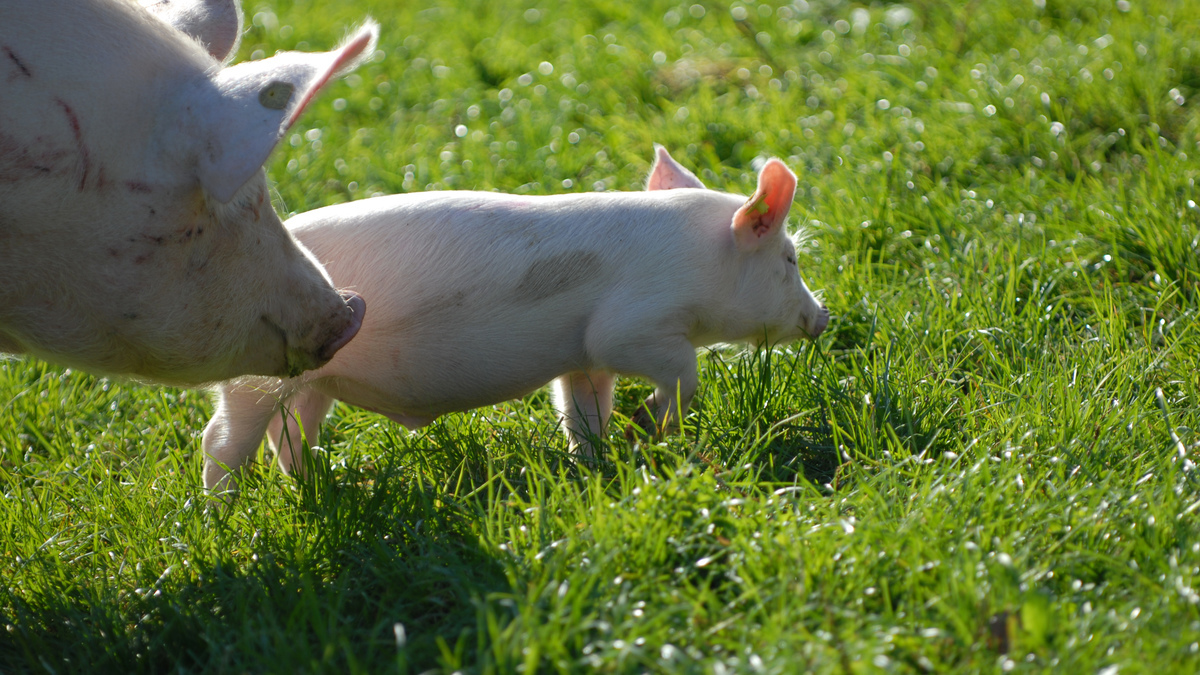Prebiotics, probiotics and postbiotics for pets— what’s the difference?
While prebiotics and probiotics have been key additives in the pet food industry for several years now, the innovation of postbiotics seems to be a gut health game changer.
And while it may seem confusing to add a third gut health moderator to the mix, pet owners are more concerned with boosting their animals’ immune systems than ever before, warranting new technologies to improve pet gastrointestinal (GI) health.
As research grows in the field of postbiotics, it is safe to say that the newest member of the gut health family is here to stay, completing the holy trinity of the microbiome.
What are postbiotics?
Postbiotics are functional, metabolic by-products of gut fermentation. In other words, probiotics (i.e., the good bacteria in your gut) digest and utilize prebiotics (i.e., bacteria food), and the end result of that interaction is the release of postbiotics into the gut environment.
The name says it all: Postbiotics are “biotics” — a.k.a living organisms — that are produced “post,” or after, gut microbe interactions.
Postbiotics include compounds such as:
- Short-chain fatty acids
- Enzymes
- Vitamins
- Microbial cell fractions
- Organic acids
These compounds act in health-promoting ways, many of which have yet to be discovered.
In the pet digestive tract, the most notable postbiotics include acetate, propionate and butyrate. These three substances are classified as short-chain fatty acids, which are important sources of energy for the probiotic bacteria themselves, as well as for the epithelial cells that make up the gut lining.
Short-chain fatty acids are important because they work to optimize motility within the gastrointestinal tract and reduce inflammation, which is important for the prevention of any acute or chronic digestive condition.
The pet gut microbiome
Research continues to find that the gut microbiome — in both humans and pets — is more complex than we originally thought.
Not only does the gastrointestinal tract play a role in virtually every function and system in the body, it also differs between individuals. The microbiome is dynamic and can change dramatically due to:
- Diet
- Stress level
- Age
- History of medication use
The gut microbiome is almost like an internal fingerprint, which means that digestive supplements will impact each animal in slightly varying ways.
That being said, research has found that the gut microbiomes of dogs and cats are very similar in composition and makeup — unless, of course, the animal is ill (Wernimont et al., 2020).
In dogs and cats with digestive disorders, such as chronic enteropathy and inflammatory bowel disease, the makeup of the gut microbiome has been shown to be significantly different in both its bacterial diversity and richness than the microbiomes of healthy pets (Minamoto et al., 2019; Garraway et al., 2018).
For preventative reasons, probiotics are increasingly included in pet food ingredient lists and have been shown to assist in altering the populations of bacteria in the gut, shifting the GI tract from too many pathogenic bacteria to an abundance of good gut bacteria.
While probiotics are beneficial, their use can be controversial since probiotics are living organisms. This means that, from a technical standpoint, heat, food processing and storage limitations all pose significant challenges to the viability and stability of probiotics.
Prebiotics are selective ingredients that stimulate the growth of certain bacteria and, as a result, promote gut health. They are broad in scope, but the key here is that prebiotics are not alive, so they are less of a concern in terms of efficacy.
To put it more simply, pro- and prebiotics focus on altering the composition of the gut microbiome to prevent disease, while postbiotics are used for altering the function of the microbiome for overall good gut health.
Why use postbiotics in dog and cat food?
As research continues, what we know so far is that postbiotics positively affect signaling pathways within the GI tract. As metabolites, they interact with the bacteria in the gut, the gut itself and other body systems to trigger the immune system and promote whole body anti-inflammatory responses.
While the exact mechanisms through which postbiotics work have yet to be fully revealed, what is currently known about their wide range of immunomodulatory effects is good reason to include them in pet food (Wegh et al., 2019).
In summary
Postbiotics are heat-stable metabolites that deliver benefits straight to the GI tract.
All good things happen in threes! Protecting any dog’s or cat’s immune system and overall health is simple with the combination of research-backed probiotics, prebiotics and postbiotics.
I want to learn more about pet nutrition.
- Read more about Prebiotics, probiotics and postbiotics for pets— what’s the difference?
- Log in to post comments

<script charset="utf-8" type="text/javascript" src="//js.hsforms.net/forms/v2-legacy.js"></script>
<![endif]--><script charset="utf-8" type="text/javascript" src="//js.hsforms.net/forms/v2.js"></script><script>
hbspt.forms.create({
portalId: "745395",
formId: "34900c17-cf14-428b-8f57-9c397e8175da"
});
</script>
The innovation of postbiotics completes the holy trinity of ingredients to support the pet gut microbiome.


























